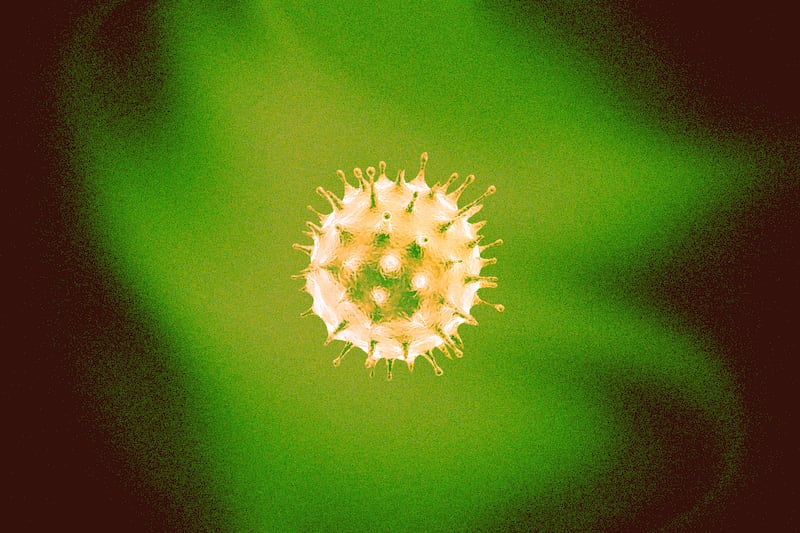There’s a 1 in 5 chance that there will be a dangerous new coronavirus variant in the near future, Moderna CEO Stephane Bancel told Bloomberg Thursday.
Driving the news: Bancel said that the new variant would be considerably more troublesome than the current versions of the coronavirus.
Why it matters: According to Bancel, this would require vulnerable populations to receive another round of coronavirus vaccines and annual booster shots to stay safe.
What he said: “I think there’s an 80% chance that the variants that we’re going to see in the future are manageable from a severity standpoint and vaccine production,” Bancel told Bloomberg.
- “But I think we should always be very cautious, because there’s a 20% chance that something happens in some of the new variants that is very virulent.”
Flashback: Scientists told Newsweek in August 2021 that there was a potential “doomsday COVID variant” that would be worse than the delta variant. Not long after, the omicron variant arrived, causing widespread cases across the United States.
- “I wouldn’t be incredibly surprised if something else came along that’s even more transmissible,” Eric Vail, director of molecular pathology at Cedars-Sinai Medical Center, told Newsweek.
Yes, but: Dr. Mark Dybul, a professor at Georgetown University Medical Center’s Department of Medicine and an immunologist, suggested before the omicron variant emerged that a more dangerous COVID-19 mutation would emerge in spring 2022.
- “There’s simply no way you can have such low rates of vaccination around the world with the virus ping-ponging between vaccinated and unvaccinated people. I’m an immunologist. The probability of us seeing a vaccine-resistant strain is very high,” he said, according to Fortune.


